
森林浴ができる場所(島しょ部)
-
-
Koishikawa Botanical Garden
Koishikawa Botanical Garden, which is affiliated with Tokyo University, is open to the public.The garden used to be the Koishikawa Goyakuen, created in the Edo period. The 40-acre site is home to many ancient Japanese plants, relics, and plants that serve as valuable research materials. It is the birthplace of modern botany and serves as a center for botanical research in East Asia. Besides seasonal forests such as plum, cherry, camellia, azalea, and maple, there are also greenhouses and a medicinal garden. It will be fun to visit with a guide who is knowledgeable about forests!
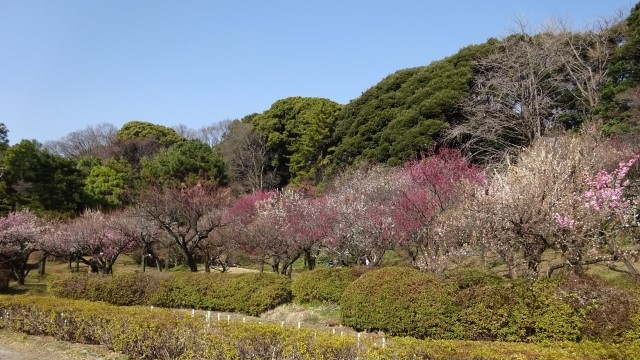
-
-
-
Kansen-en Park
Kansen-en Park, located near Mengebashi and Waseda stations on the Toden Arakawa Line, is a Japanese garden built on the grounds of a daimyo’s mansion. The name “Kansen-en” is derived from the on-site spring water, which is known for its suitability for the tea ceremony. The 3.5-acre garden, surrounded by trees around a pond, transports us to a world of tranquility away from the hustle and bustle of the metropolis. The garden features seasonal highlights, including azaleas and hydrangeas in early summer, vibrant fall foliage, and trees with “yukizuri” art in winter.
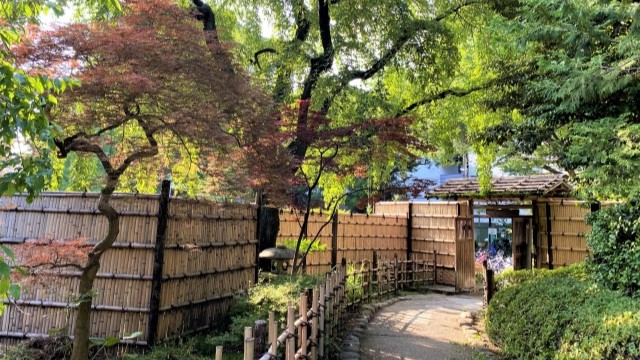
-
-
-
Kiyosumi Garden
Kiyosumi Garden, located a 3-minute walk from Kiyosumi-Shirakawa Station, is a special historical site in Tokyo. The 9-acre garden has a large pond called “Sensui” with three small islands (Nakajima), an artificial mountain modeled after Mt. Fuji, famous stones from various places, and the Taisho Memorial Museum. Besides due to its proximity to the sea and rivers, there are various species of wild birds such as bulbuls, turtle doves, long-tailed tits, starlings, great tits, and spotted ducks. Take a walk and rest in a pavilion or on a bench. Around the garden you can also enjoy retro sights and modern cafes!
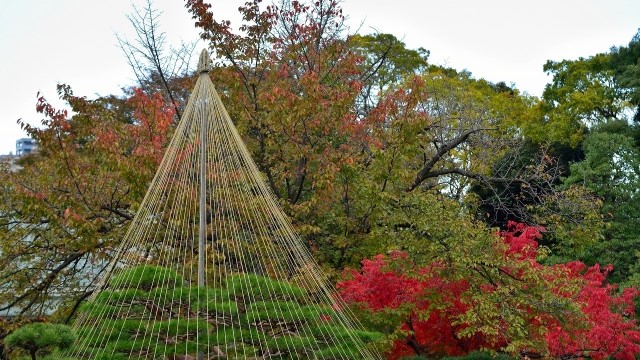
-
-
-
Kyu-Furukawa Gardens
Kyu Furukawa Gardens is a metropolitan park known for its beautiful rose garden and autumn leaves. The gardens are treasured for their preservation of early 20th century style, with a Western-style building and garden designed by the architect Josiah Conder, as well as a Japanese garden created by a famous Kyoto garden architect. The Western-style building was handed down to future generations as the “Otani Art Museum” by Yonetaro Otani, who is known for managing the Hotel New Otani, and you can tour the hall, study, reception room, and dining room on the first floor. In spring and autumn, you can also enjoy matcha in the tea room in the garden.
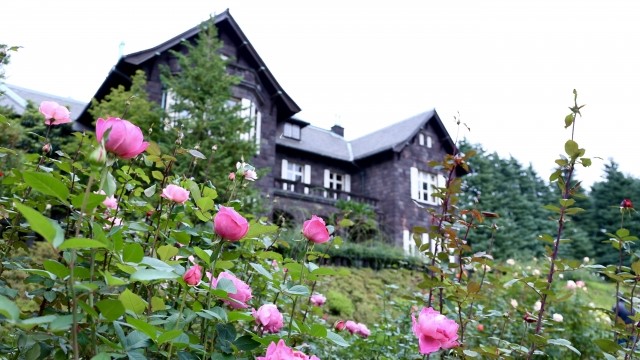
-
-
-
Atago Shrine
Atago Shrine is located in Minato Ward and is famous for its stairway to success. It is within walking distance from Kamiyacho, Onarimon, and Toranomon. Why not take a stroll on the shrine grounds, surrounded by sacred trees, while praying for good business fortune? If you are fit, why not climb the steep 86 steps from the Otorii gate to the main shrine?In the Edo period, there was a brave man who climbed up there on horseback at the order of Shogun Iemitsu. At that time they could see the Boso Peninsula!
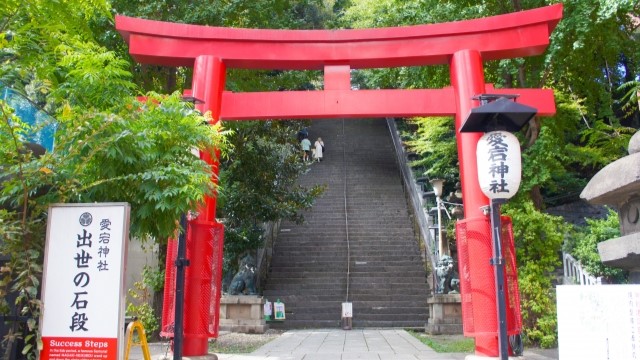
-
-
-
Kyu-Shiba Rikyu Garden
Kyu-Shiba Rikyu Garden, located a mere one-minute walk from Hamamatsucho Station, is one of the few remaining gardens in Tokyo that belonged to feudal lords from the Edo period, along with Hamarikyu Garden and Koishikawa Korakuen. In its center features a pond, and the garden is constructed using many famous stones. It is a precious place where you can enjoy the seasonal, colorful wonders of cherry blossoms, azaleas, wisteria, and autumn leaves, allowing you to escape the hustle and bustle of Tokyo and connect with nature. If you have time, you can also visit nearby Hamarikyu to enjoy the beauty of two gardens and views of Tokyo Bay.
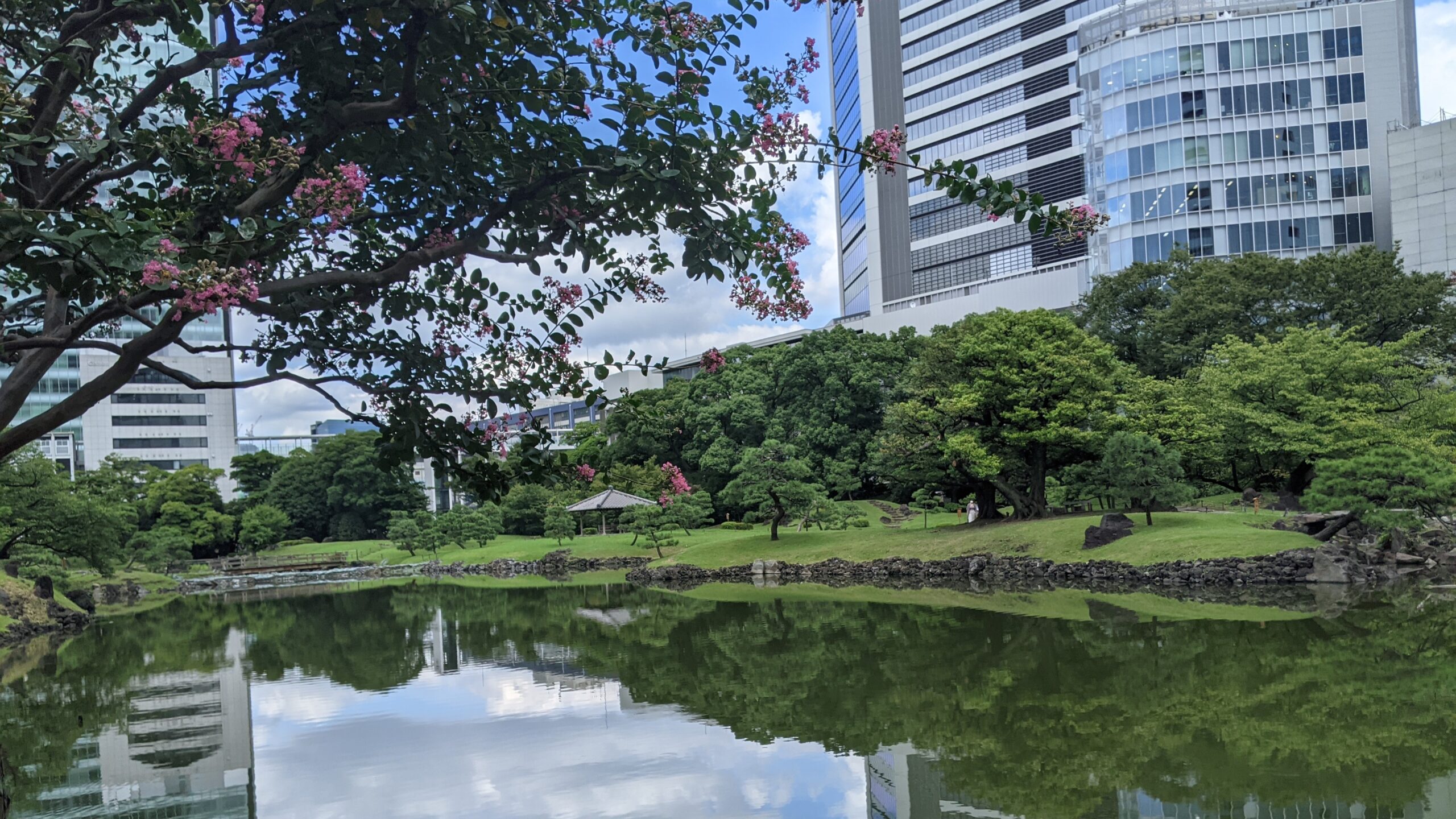
-
-
-
Koishigawa Korakuen
Koishikawa Korakuen is part of Tokyo’s three great gardens, along with Rikugien and Hamarikyu Gardens. The site spans an area of 17 acres (70,000 square meters) and is the oldest existing daimyo garden. The serene garden is centered around a pond that paints a lovely picture each season with its plum blossoms, cherry buds, irises, and colorful leaves. Moreover, the garden fuses harmoniously with the landscapes of lakes, mountains, and rivers modeled after Lake Saiko in China, Arashiyama in Kyoto, and Kiso River in Nagano. In Japanese garden dialect, it is called ”Borrowed scenery (Shakkei)”. Yet, you will be tickled pink to see the modern white Tokyo Dome from this garden!
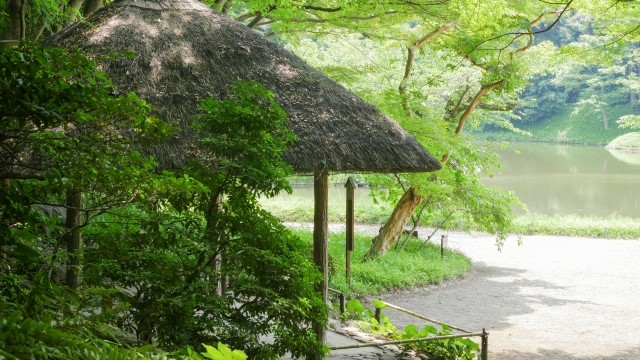
-
-
-
Shiba Park
Shiba Park was established as the first park in Japan during the Meiji period. At present, the park is managed by the Tokyo Metropolitan Government and Minato-ku. Camphor, zelkova, and ginkgo are some of the stately trees that grace the park. You can have a picnic on the grass while looking at the amazing Tokyo Tower. You can also sit on a bench and listen to the cascading sounds of the waterfall in Maple Valley. Nearby are the Shiba Toshogu Shrine, the Zojoji Temple, the Tokyo Prince Hotel, the Maruyama Tumulus, and the Old Tokaido Pine Trees, so we suggest you take a walk while you are sightseeing. You cannot help but be moved by the thought that you are walking under the same pine trees as the people of the Edo period.
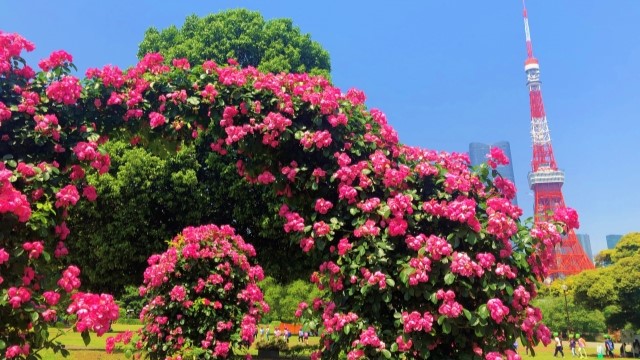
-
-
-
Ueno Park
Ueno Park, Japan’s first park, is celebrating its 150th anniversary. All of its 133 acres include art galleries, museums, and a zoo. The plateau is known as “Ueno no Yama” and has many evergreen broad-leaved trees. Around Shinobazuno Pond, visitors can stroll around the pond or take a boat ride. The cherry blossoms of Ueno Park have been attracting visitors since the Edo period. Much to the delight of its visitors, 1,200 cherry trees are in full bloom every spring. But there are also seasonal delights to be enjoyed at any time of the year. There are hydrangeas in June, lotuses in Shinobazuno Pond in August, yellow leaves on ginkgo trees in October, and autumn leaves on maples in November.

-
-
-
Shinjuku Gyoen National Garden
With a sprawling land of 14 acres and 10,000 trees, Shinjuku Gyoen National Garden never fails to impress and amaze its visitors. There is no doubt that you are going to enjoy your half day trip there as you stroll through the Japanese garden whose roots go back to the Edo period, admire its European-style garden built in the Meiji period.
Spring is the best time for viewing famous spots of cherry blossoms and roses in Tokyo. Then in autumn, the fallen leaves of plane trees and maples put on a spectacular show. At ”Mother and Child Woods,” you can enjoy hanging around the flowers and insects. And take a little break to have lunch or a coffee at the park restaurant!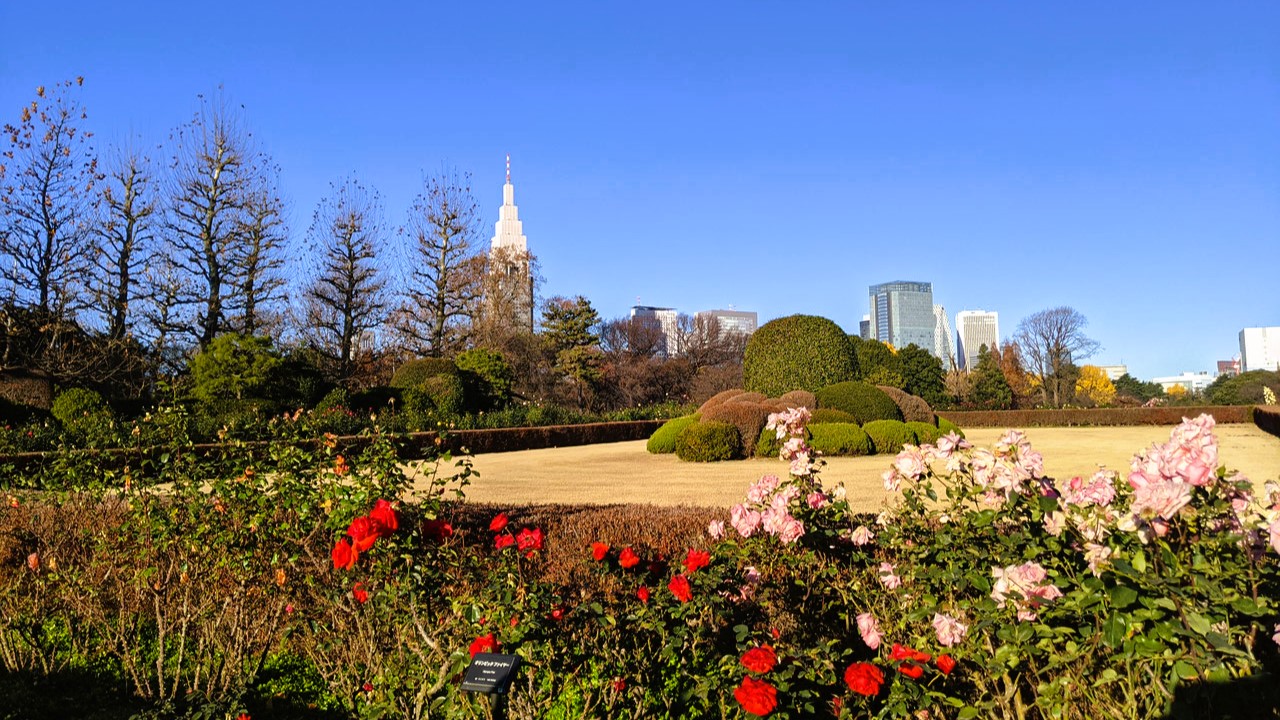
-
-
-
Yoyogi Park
Yoyogi Park is a 133-acre park that spans Shinjuku and Shibuya. Across the street, there are two areas: a wooded area and an athletic field. It was a peaceful landscape of rice fields during the Edo period and the place where the first airplanes flew over. The area was also designated as the Athletes’ Village for the 1964 Tokyo Olympic Games. The forest park area includes groves of trees, five plazas, a bicycle path, flower gardens, and a bird-watching area. There are few tall buildings around the park. So you can enjoy relaxing under the big sky, just like Central Park in NY.
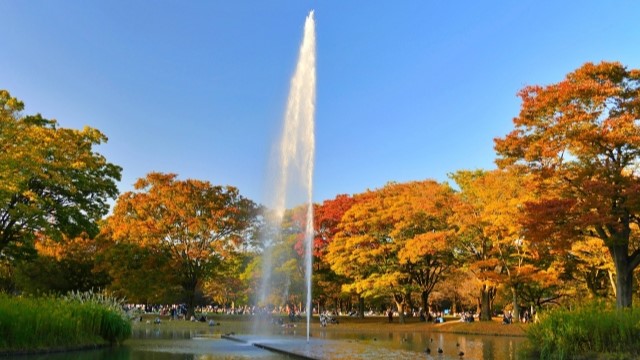
-
-
-
Meiji Shrine
Meiji Shrine is one of Japan’s most representative shrines. The various trees that are over 100 years old allow you to experience the richness of nature all around you. The path that leads up to the main shrine is so quiet that you will hear the twittering of birds and the sound of gravel under your feet as you breathe in the sacred air all around you.If you are after tranquillity and peace of mind, then visiting early in the morning is the best time. Also, along the way, there are cafés and souvenir shops that open at 8:30 or 9:00. After visiting the main shrine, why not also visit Meiji Jingu Gyoen or the square in front of the Meiji Jingu Treasure Hall? If you are not in a rush, one great idea is to take a leisurely walk in the forest or have a picnic on the lawn while taking in the changing scenery.
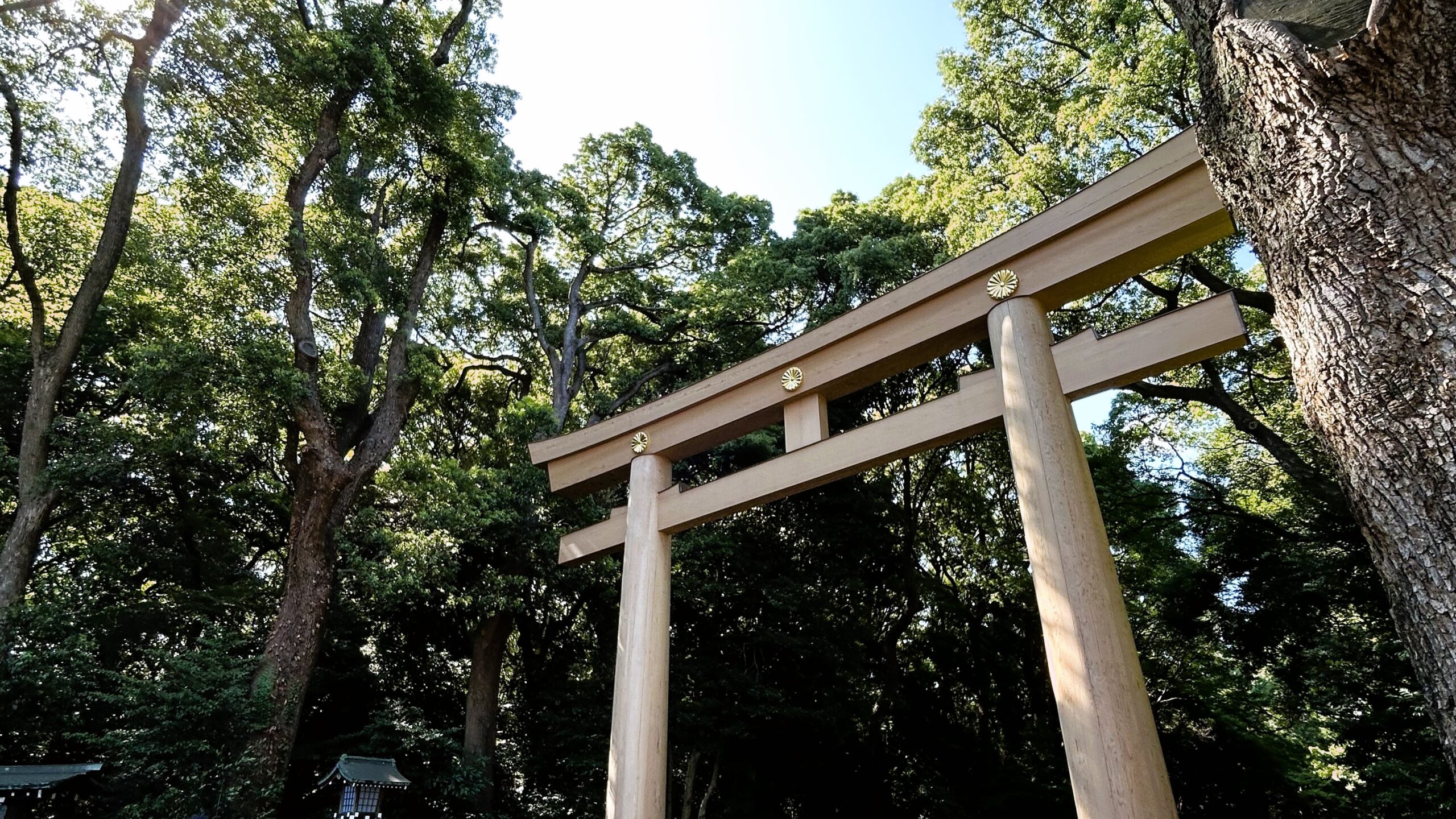
-

